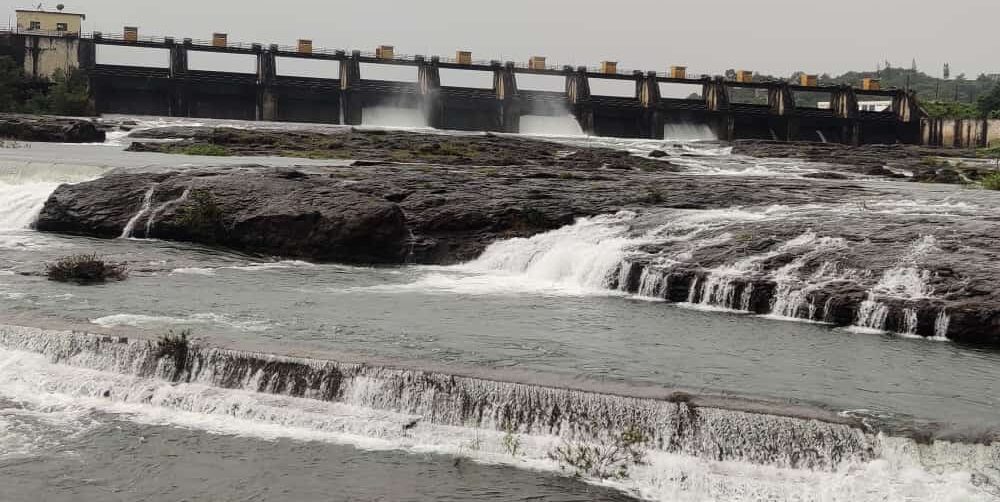Water Levels in Pune Dams Increase Marginally, But Deficit Compared to Last Year Persists

Pune, 23rd June 2024: Since the beginning of June this year, the Pune district has experienced intermittent rainfall, resulting in a slight increase in water storage across its dams. Currently, the total water stored amounts to 14.73 TMC, marking a rise of 1.73 TMC over the past ten days. However, compared to last year, there remains a deficit of 1.32 TMC in water storage. Early in the monsoon, rain fell in the first week of June, followed by a temporary break in the second week. Rainfall has resumed in some areas of the district over the last two days, contributing to the inflow into the dams.
Presently, the overall water storage in all dams stands at 7.43 %. Last year at this time, it was 8.09 %, indicating a decrease of 0.66 % this year. At the same juncture last year, the total water storage was 16.05 TMC, whereas it now stands at 14.73 TMC, showing a reduction of 1.32 TMC from last year. The usable water storage in the district’s dams has reached critically low levels, underscoring a severe water scarcity compared to last year.
In the Tata group’s six dams—Mulshi, Thokarwadi, Shirota, Valvan, Lonavala, and Vadiwale—having a combined capacity of 42.76 TMC, there is currently 7.98 TMC (18.67 %) of usable reserves available. Notably, Lonavala Dam is experiencing a shortfall with only 0.01 TMC of available water.
Detailed water storage in major dams (in TMC):
– Pavana Dam: 1.62
– Chaskaman Dam: 0.53
– Bhama Askhed Dam: 1.12
– Andra Valley Dam: 0.71
– Gunjawani Dam: 0.36
– Bhatghar Dam: 1.47
– Nira-Deoghar Dam: 1.06
– Veer Dam: 1.89
– Manikdoh Dam: 0.21
– Yedgaon Dam: 0.64
– Dimbhe Dam: 0.10





